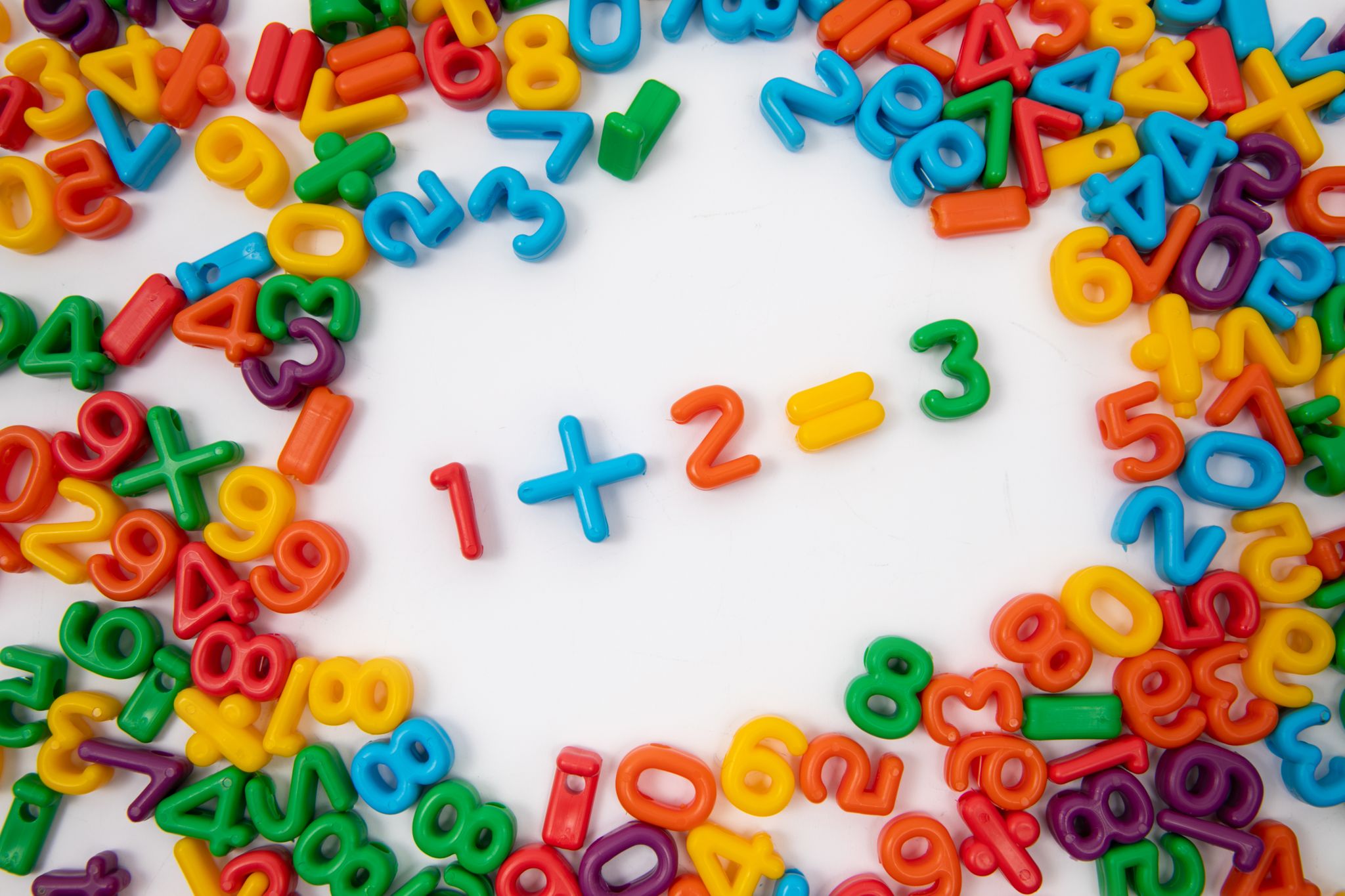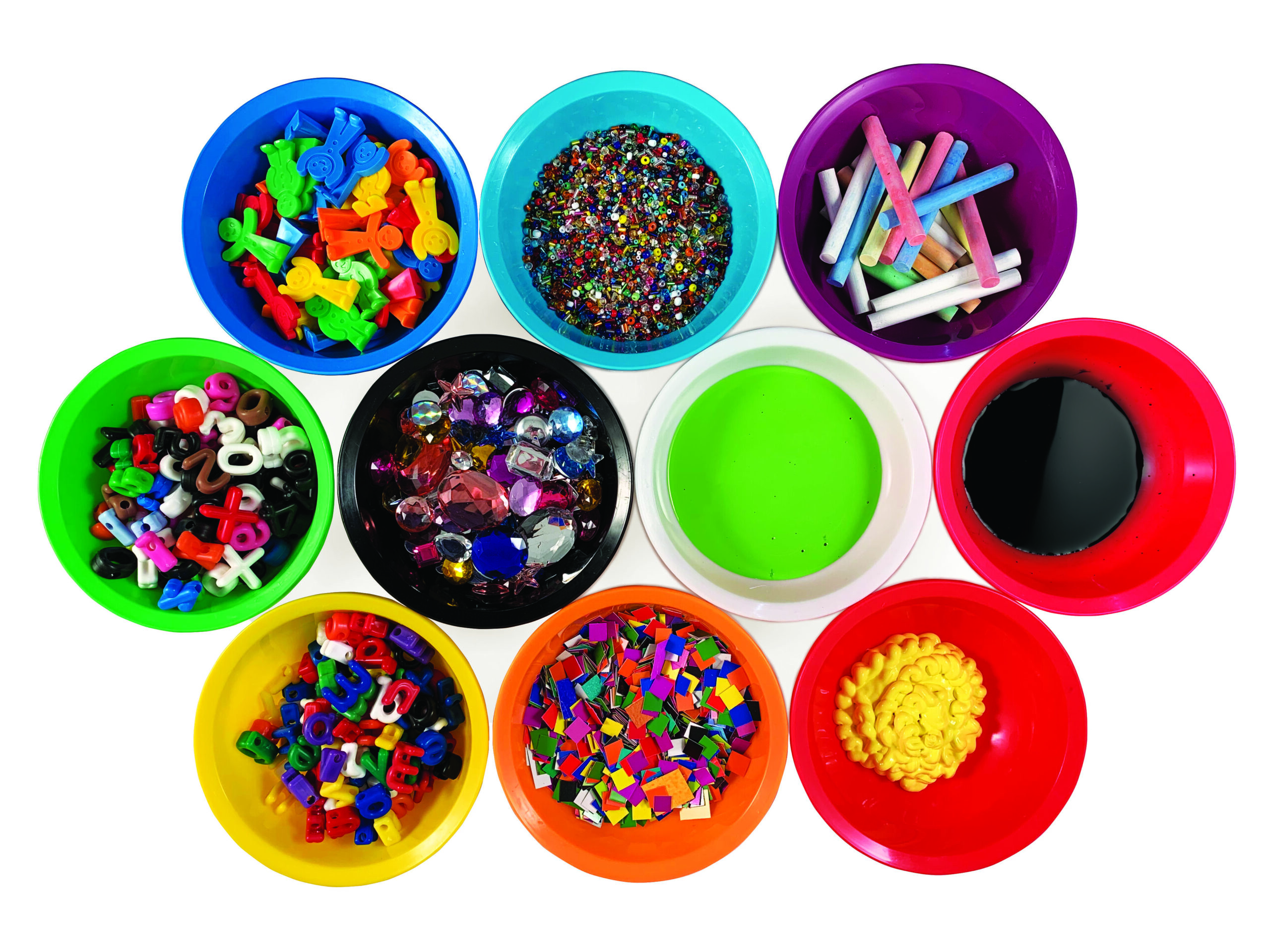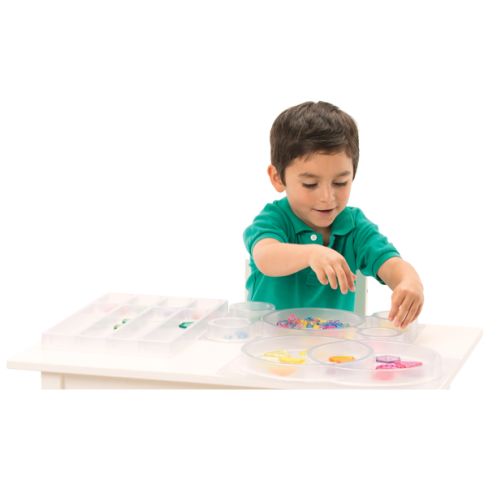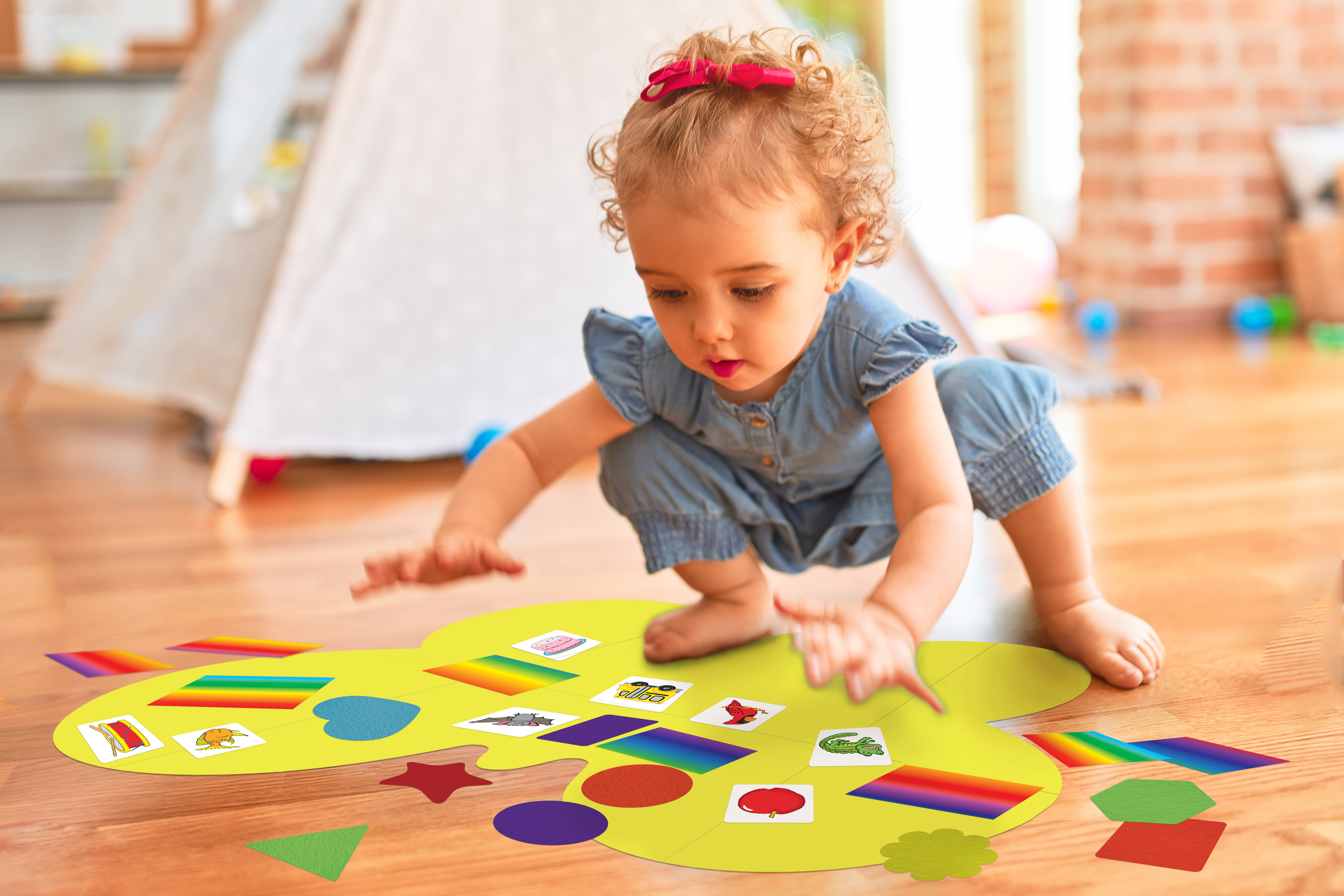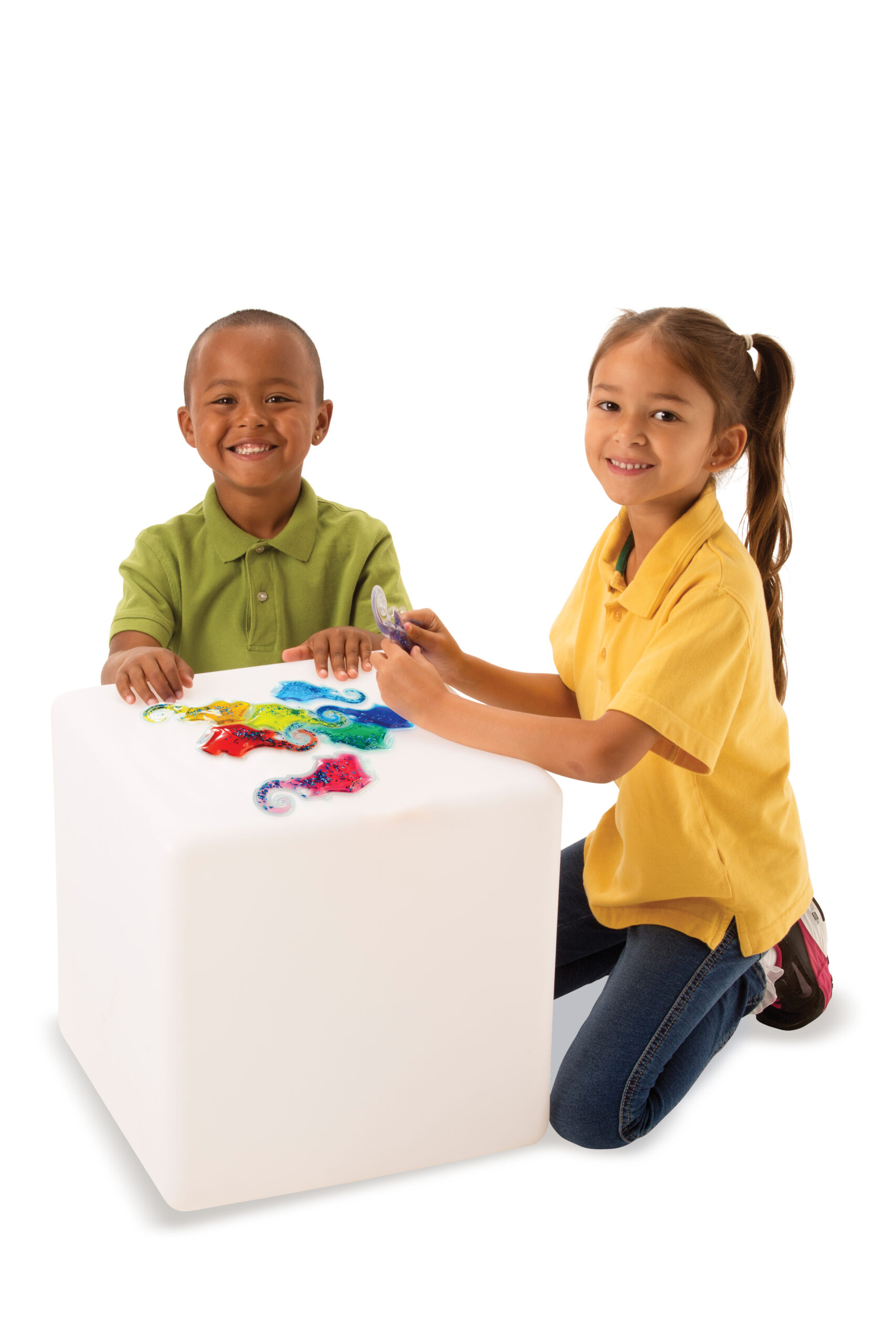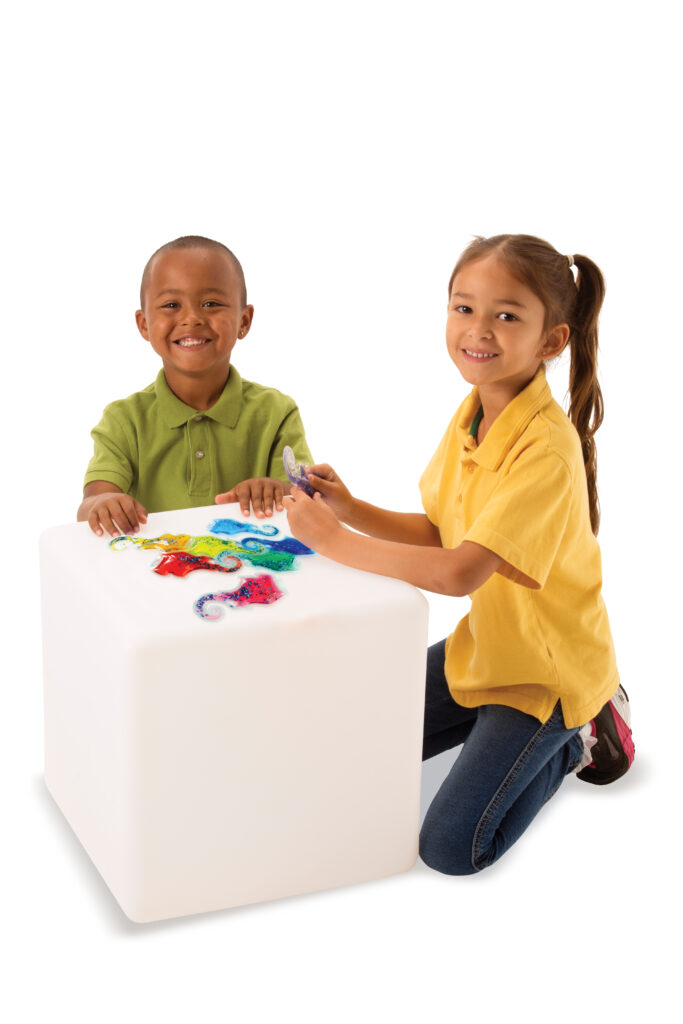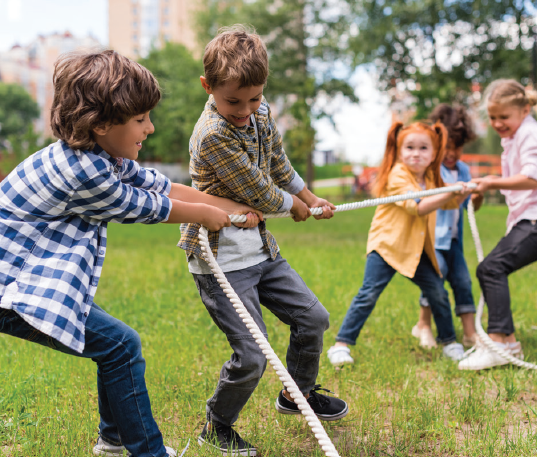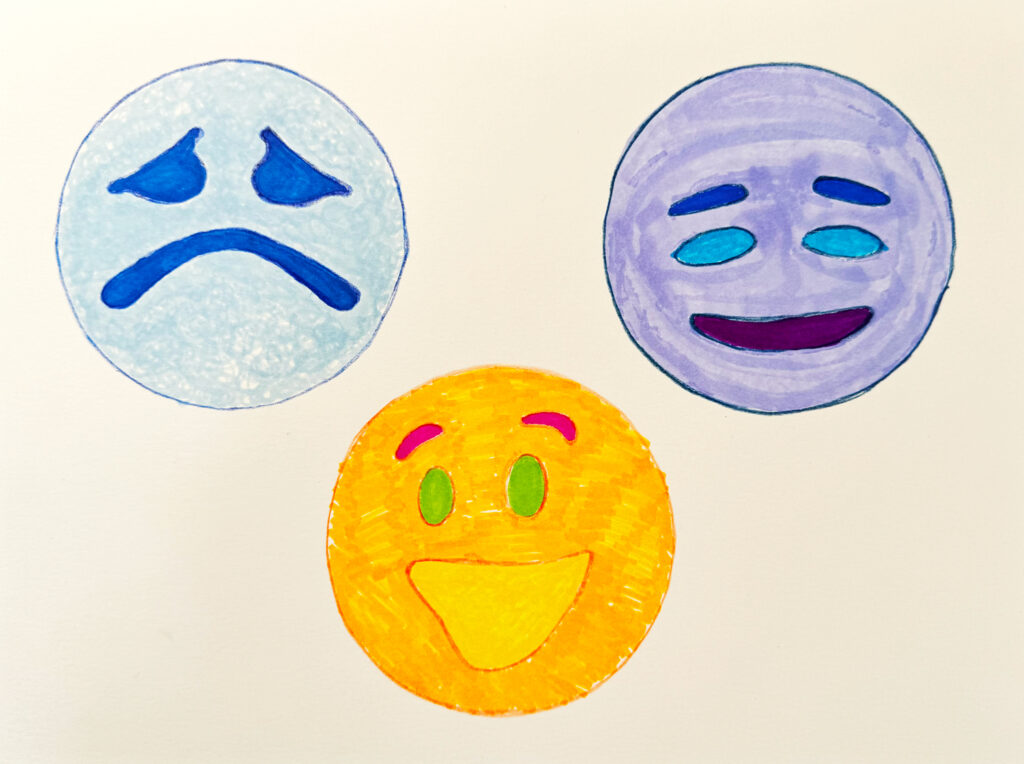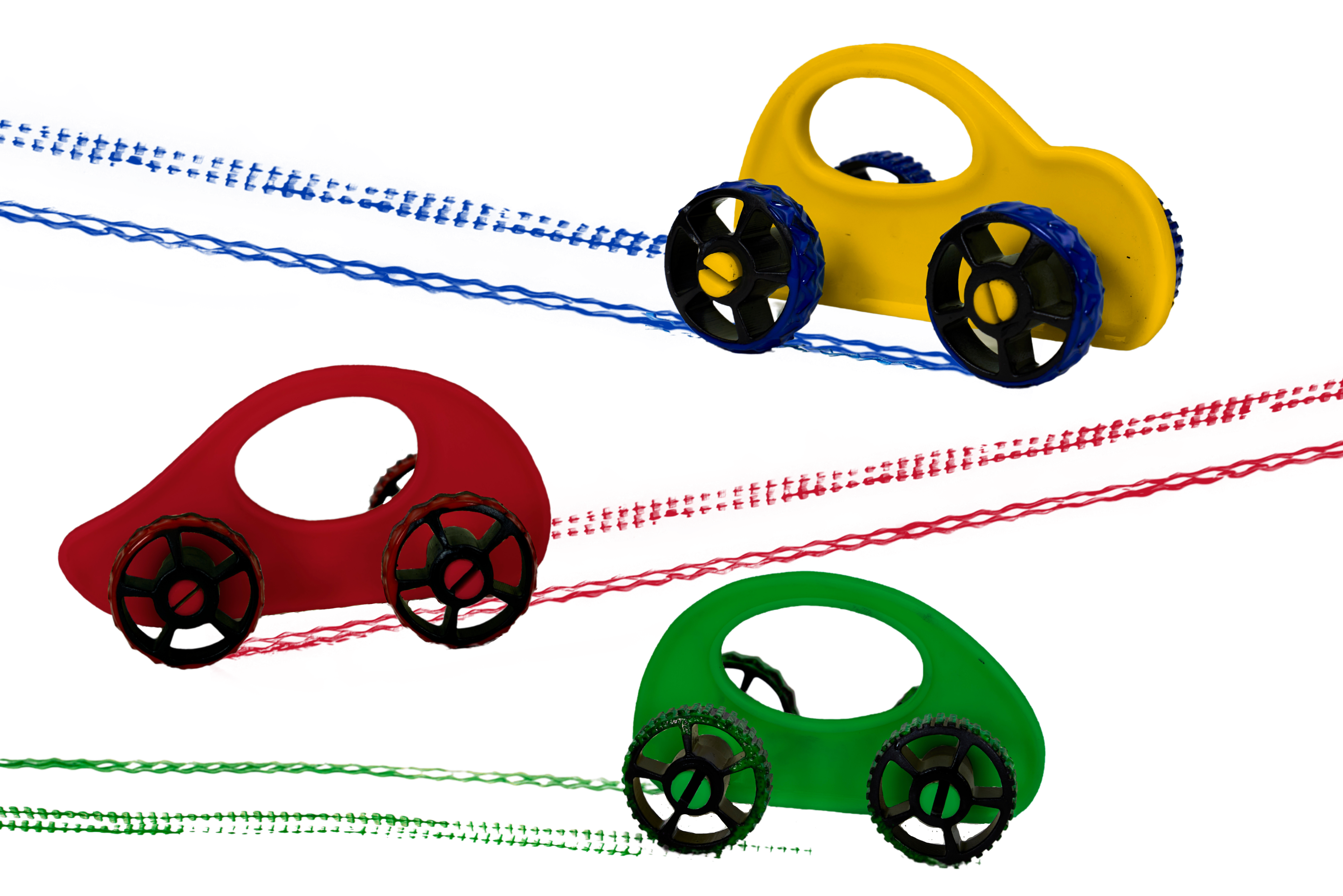
When creating art, we often find ourselves trying to replicate the perfect vision in our minds, this can lead to stress and dissatisfaction when the results don’t match our expectations. Children experience this same frustration! It’s important to teach them from a young age that sometimes things don’t turn out as planned, and that’s perfectly okay. Enter: process art!
What is Process Art?
Process art is a movement that prioritizes the act of making art over the end result. Unlike traditional art forms that focus on creating a specific, predefined outcome, process art encourages artists to immerse themselves in the creative process. In fact, process art is meant to resemble nothing and everything! This means that the methods, techniques, and materials used are just as important – if not more so – than the artwork itself.
In process art, there are no right or wrong ways to create. It’s all about the experience of experimenting with different materials, trying new techniques, and allowing creativity to flow freely. This form of artmaking can be particularly liberating for children, who often feel pressured to produce “perfect” artwork.
From a developmental perspective, process art is great for preschoolers and kindergarteners who are in stages of developing important fine motor skills and have yet to gain the self-awareness skills that allow us to replicate objects with accuracy.
What are the Benefits?
Fosters Creativity and Imagination
Process art allows children to explore their creativity without the constraints of a specific outcome. The imagination can be used to experiment with colors, textures, and shapes leading to unique and original creations. This freedom encourages children to think outside the box and develop their own artistic style. It’s proven that creativity boasts best in the hands of enjoyment!
Encourages Problem-Solving Skills
When engaging in process art, children often encounter challenges that require them to think critically and solve problems. Here are four problem solving skills children gain:
- Analyzation Skills: Children can consider which materials to use, how to use them, and how to achieve their desired effects.
- Decision Making: Process art requires children to make numerous decisions throughout their creative process. They decide on colors, shapes, and techniques.
- Adaptability: When something doesn’t go as planned, children must adapt and find new ways to approach their work. This helps them become more flexible and open to change.
- Persistence: Working on process art teaches children to keep going even when they encounter challenges. They learn the value of perseverance and the rewards of seeing a project through completion. In other words, “trust the process.”
Builds Confidence and Independence
Without strict guidelines on what to create, children can gain a sense of accomplishment and independence. They learn to trust their instincts and make decisions, boosting their self-confidence and self-esteem – a few essential skills children need to learn at a young age.
Fosters Emotional Expression
Art is a powerful medium for expressing emotions. Process art allows children to convey their feelings and experiences through their creations. This form of self-expression can be therapeutic and helps children process their emotions in a healthy way.
Encourages a Growth Mindset
Having a growth mindset is beneficial all throughout a lifetime. Process art teaches children that the journey is more important than the destination. They learn to appreciate their efforts and understand that making mistakes is a valuable part of learning. This mindset fosters resilience and a love for lifelong learning.
How to Incorporate Process Art at Home or in the Classroom
Provide a variety of materials: Offer a range of art supplies that children can use to engage in process art. This can include paint, clay, markers, paper, yarn, recycled materials and more. Basically, whatever you can find that fits in your budget! Explore our top 3 process art supplies below:

Create a dedicated art space: Set up a designated area where your child can freely create without worrying about making a mess – that’s the whole point and half the fun!
Encourage exploration: Allow your child to experiment with different techniques and materials. Resist the urge to guide them towards a specific outcome.
Celebrate their efforts: Focus on praising the process rather than the final product. Ask open-ended questions about their artwork to encourage reflection and discussion.
Overall, process art is a fantastic way to nurture creativity, problem solving, and emotional expression in children. By emphasizing the journey over the destination, we can help our little artists grow into confident, independent, and imaginative individuals. So gather some art supplies, create a welcoming space, and let the magic of process art unfold!

